ETIP Ocean: Policy Solutions to Deliver Ocean Energy Industrial Roll-Out
Europe needs Ocean Energy
Europe has a rich source of clean, predictable ocean energy, which today remains largely untapped. The ocean energy industry estimates that 100GW of wave and tidal energy capacity can be deployed in Europe by 2050, meeting 10% of Europe’s current electricity needs. Ocean energy produces electricity at different times from wind and solar. It is an essential solution to help a variable wind and solar production match with a variable power demand every hour of the day. This will become increasingly valuable as Europe reaches 80%-100% renewable electricity. Ocean energy is a new industry, that can deliver 400,000 EU jobs by 2050, billions of euros in exports, and industrial activity – specifically in coastal regions, where this is most needed.
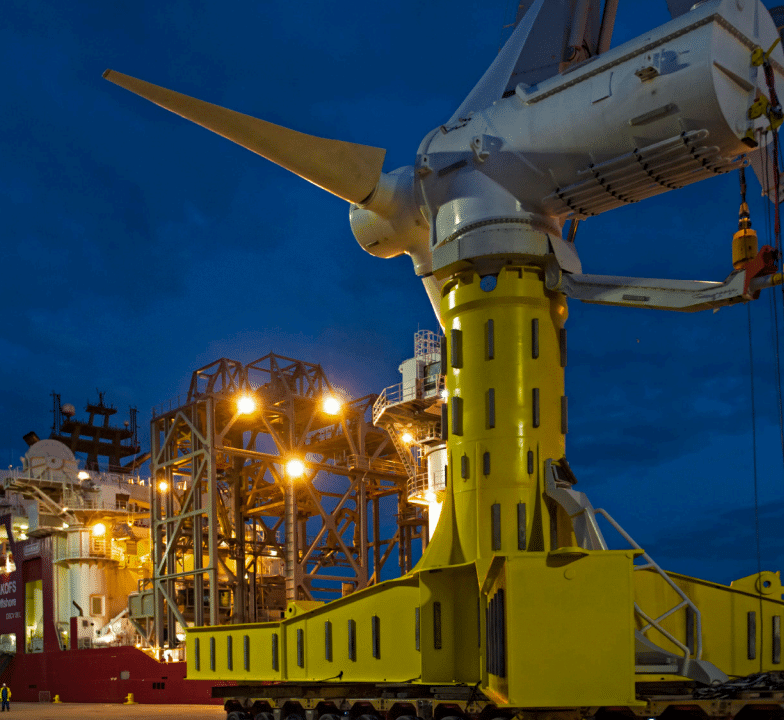
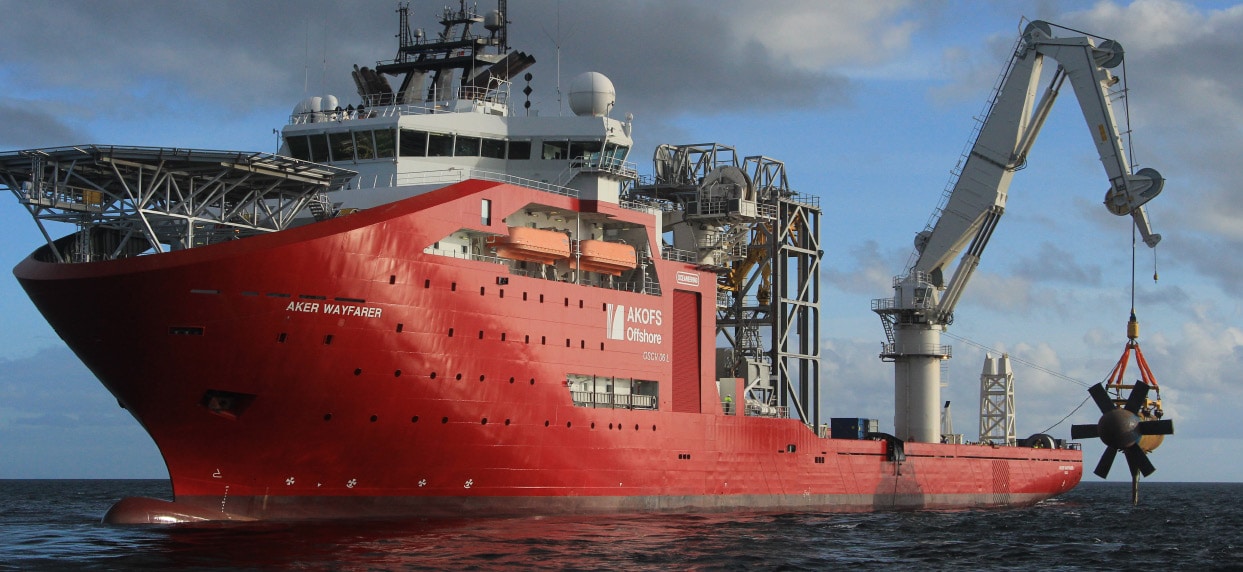
5 innovative technologies, ranging from R&D to pre-commercial stage
Tidal stream – In recent years, tidal stream supplied record volumes of predictable power. New projects are being deployed in Europe and across the globe, with economic impacts already visible across the supply chain.
Wave energy – Several promising prototypes have been deployed or will reach European waters in 2019. They target different wave climates and markets, and are stimulating the first wave energy industrial clusters. Step-by-step approaches are producing fewer but more effective technologies.
OTEC & SWAC – Ocean Thermal Energy Conversion (OTEC) projects now focus onshore, to reduce costs and benefit from economies of scale. Sea Water Air Conditioning (SWAC) is more advanced and is already servicing commercial districts and data centres in Europe.
Tidal range – A proven technology, tidal range is commercial with revenue support. The infrastructure works needed can provide additional benefits, such as tourism or costal protection. Industrial roll-out will be triggered by the right policy conditions. Salinity
Gradient – Small scale prototypes aim to prove the technology and reduce costs to enable scaling-up.
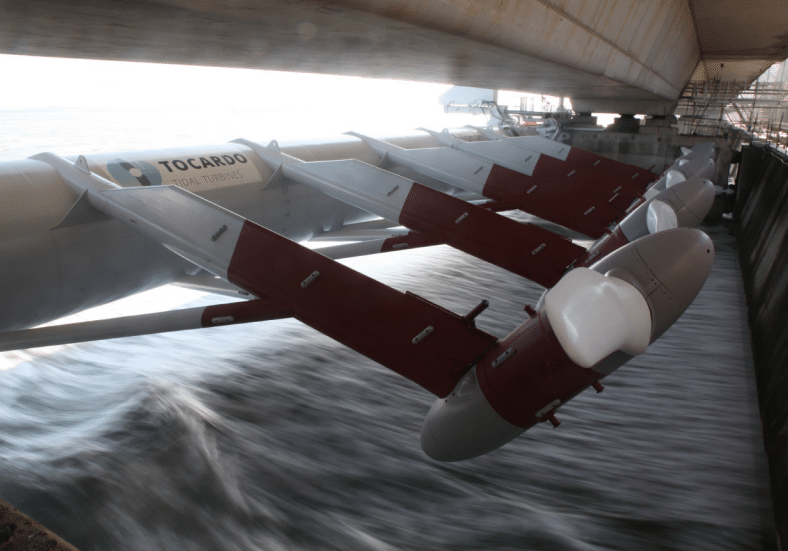
Challenges to financing innovation across 5 stages of development
R&D and prototypes: financing projects that do not make a return
The objective of R&D and prototype deployments is to generate learnings and allow further innovation. Such projects do not generate returns, so a high percentage of grant funding is thus required – often up to 100%. Grant funding through Horizon 2020 or national programmes has been rather successful in bringing innovations from design to full-scale sea-worthy prototypes. Rationalisation is still possible to optimise public expenditure, reward innovative success, and avoid duplication of R&D activities. Such a ‘stage-gate’ solution is currently running in Scotland. Action 1 presents which benefits a European approach could bring.
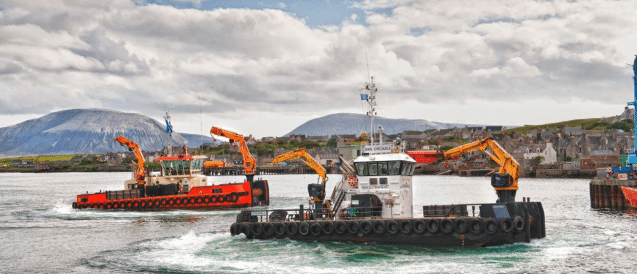
Demonstration and pre-commercial farms: removing technology risk, lowering costs of capital and providing market visibility
The objective of demonstration and pre-commercial farms is to standardise technology and validate the business model. Technological or business uncertainties remain at those stages, in manufacturing, installation and operation. Those uncertainties constrain access to finance, except for more risk-savvy institutions or programmes, who require much higher returns than for commercial technologies. To attract investors, those projects must be able to repay interests on loans and dividends on equity. The price of electricity is not sufficient to generate those returns, as all innovative technologies require economies of scale to reduce costs. A ‘top up’ on power sales is thus needed to allow the project to secure further investments. Beyond financial institutions, OEM and utilities also require future market visibility to justify riskier investments into a new industry. Energy policies such as renewable energy targets, decarbonisation strategies and tendering processes, are essential to provide them with the necessary market visibility.
Industrial roll-out – reducing costs through volume
At industrial roll-out, the objective is to use volumes to drive down costs. Economies of scale will allow ocean energy to achieve the same dramatic cost reductions as wind and solar, given the similarity in business models. This can only be achieved with good market visibility, which justifies investments into production facilities and incremental R&D. As for Demonstration and Pre-commercial projects, revenue support beyond electricity market prices is required to harness investor finance. Utilities and independent financiers will not engage if they cannot make a minimum return on projects. OEMs will not engage if they do not see a pipeline of orders that justifies the initial investment and ramp-up of production. Revenue support, earmarked for ocean energy, will make projects financeable, and will demonstrate to OEMs that there is market for their products, as presented in Action 3.
Across all stages: licensing and consenting mandatory steps for any project
Deploying devices in the ocean enables to develop the technology and learn about potential impacts, while respecting local environments and communities. Licensing and consenting authorities must strike the right balance between protecting against potential risks and allowing ocean energy deployments to happen so they can generate learnings. Initial studies show no significant impacts on the environment from ocean energy, though monitoring must continue as more devices are put in the water. Action 4 highlights how better data collection, sharing best practices and a more structured ‘adaptive management’ approach to decision-making will strengthen ocean energy licensing and consenting.
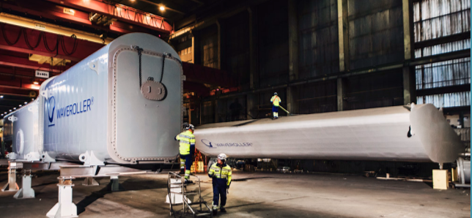
An Integrated Strategy: actions required to develop technology from early research to industrial roll-out
Part V of this document lays down 4 actions required to get the sector to commercial roll-out. They will create the right policy framework for each of the 5 development phases that devices must pass through to reach commercialisation
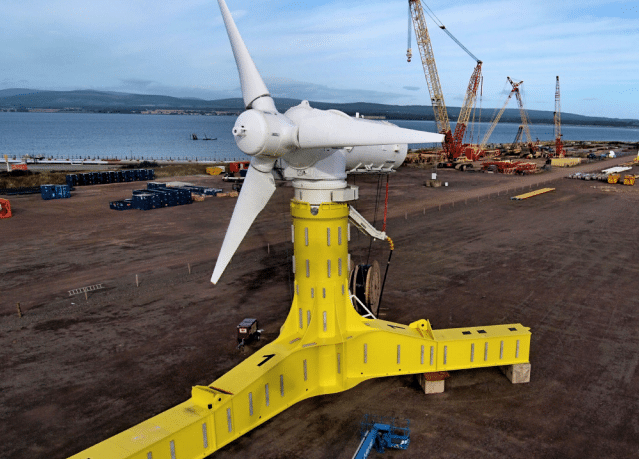
Action 1 – R&D and prototype: finalise a Europe-wide stage gate programme while maintaining classic grant funding
The establishment of a European stage-gate programme will further improve an already well functioning funding structure for those stages. This action is informed by discussions with national governments, the European Commission and academia, and follows the positive results achieved by an existing national scheme: Wave Energy Scotland. In a stage-gate programme, grants are awarded via a series of competitive calls, covering up to 100% of costs. Calls target improvements in devices, components and sub-systems, and are assessed according to clear metrics and standards. The programme works like a funnel for the most successful innovations: manufacturers compete, with each call awarding more funding to fewer applicants until only the best devices, components or sub-systems remain in the programme. A pan-European programme would be more cost-efficient, and avoid duplication of R&D.
Action 2 – demonstration and pre-commercial farms: a blend of grant & financial instruments to help projects reach financial close
A blend of financial instruments is needed to finance demonstration and pre-commercial farms, as no private party will invest without return and visibility on future markets. Such instruments should include:
Grant funding – to reduce the total financing requirement and cost of finance
- Public-supported equity – to improve access to capital, and lower cost of finance. Public equity can price risk more appropriately – and thus facilitate project financing. The EU Investment Platform scheme is an example.
- Public-guaranteed loans – to improve access to capital, and lower cost of finance. Loans can be guaranteed by public bodies – such as the EU Innovfin EDP scheme – to enable lower rates than with commercial lenders.
- Insurance & Guarantee Fund – to cover technical risk, reduce financial exposure and allow private investors to fill the remaining financing gap at lower cost.
- Revenue support – to finance OPEX, interests from debt and dividends for equity
Those instruments can ideally be used in combination, as each reduces total finance needs, whether upfront or annual. This ensures best use of available public funding. Reaching financial close without the entire blend of programmes is possible, yet it means the other available programmes will have to provide proportionally more.
Action 3 – from demonstration to industrial roll-out: revenue support as only way to fully finance projects
National-level revenue support earmarked for ocean energy will allow projects to deploy. Manufacturing of large numbers of devices will reduce the cost per kWh – as has happened with wind and solar. Several options are available to design effective revenue support mechanisms: competitive auctions in reserved ‘pots’, Feed-In-Tariffs, tax credits for private Power Purchase Agreements, etc. Support should slowly move from low volumes at higher €/kWh, to larger volumes at lower €/kWh. Capacity limits can be set to control total budgets. Further clauses can ensure support levels that avoid overcompensation.
Action 4 – a set of initiatives to generate data and best practice for licensing and consenting
Better data and best practices will empower licensing and consenting authorities to allow ocean energy deployments while still protecting local environments. Programmes to monitor the environmental impacts of projects across Europe will produce comparable and consistent data for authorities. The sharing of best practice will allow authorities to learn from their peers and to develop similar processes across Europe. An ‘Adaptive Management’ approach can empower authorities to protect local environments while still gathering data on deployments to make better decisions in the future. Action 2 proposes a blending of solutions to those challenges.
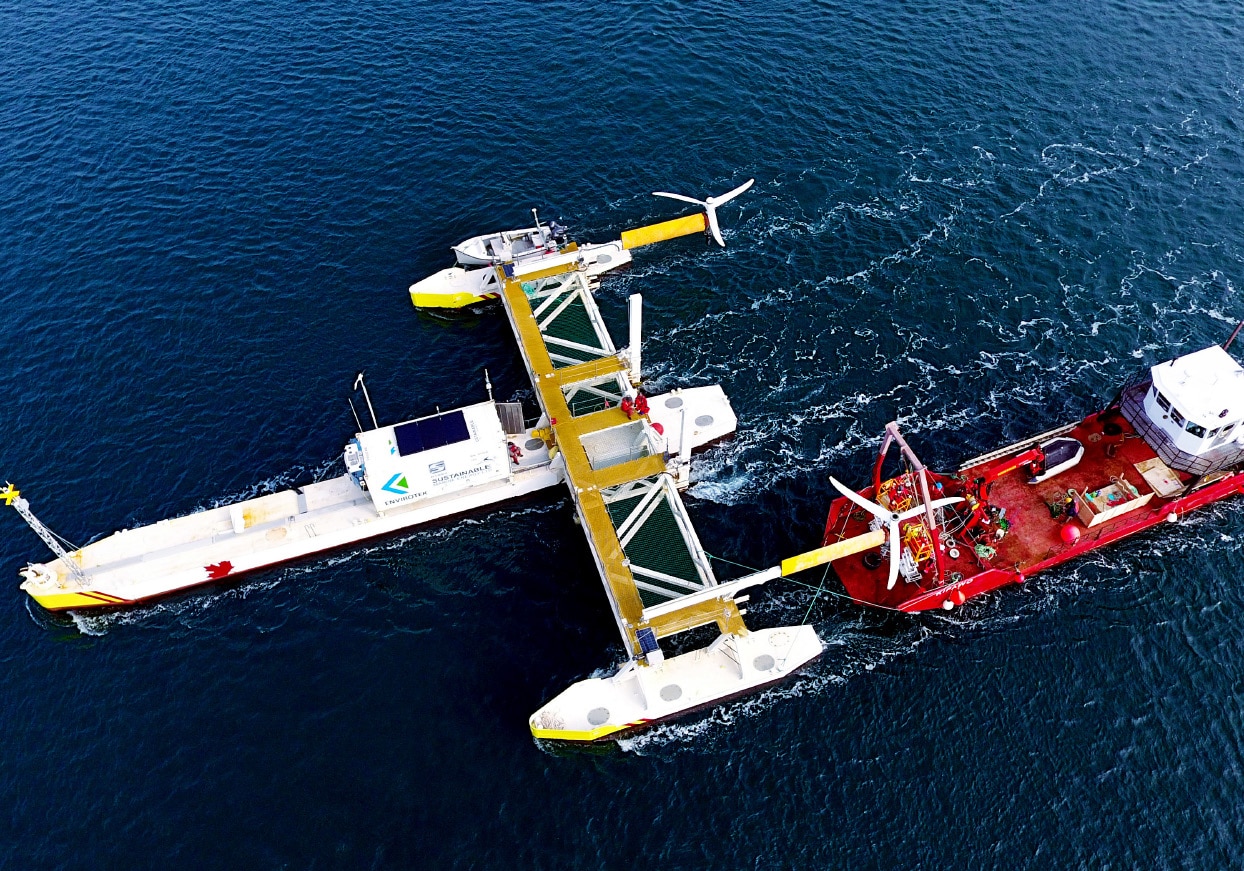
The European Technology and Innovation Platform for Ocean Energy (ETIP Ocean) is a recognised advisory body to the European Commission, and is part of the EU’s main Research and Innovation policy the Strategic Energy Technology Plan (SET Plan). ETIP Ocean defines research and innovation priorities for the ocean energy sector and promote solutions to the industry, European and national policy makers. ETIP Ocean also informs and supports the SET Plan’s ‘Ocean Energy Implementation Plan’. From 2016-2018 ETIP Ocean has been managed by Ocean Energy Europe (OEE) in partnership with the University of Edinburgh, which represents the European Energy Research Alliance (EERA). ETIP Ocean’s mandate was renewed by the European Commission for 2019-2021. For this phase OEE and the University of Edinburgh have been joined by Tecnalia and WavEC.
Contact
Fiona Buckley
Expert in Wind & Marine Energy System
ENGIE Laborelec
More info at renewables.laborelec@engie.com